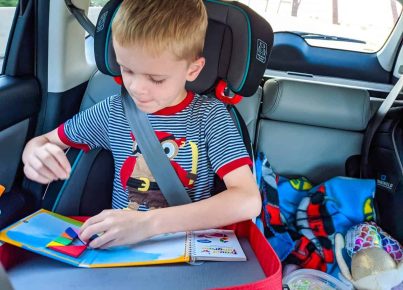Associative play is the act of engaging in recreational activities in comparable ways to parallel play but with increased interaction between the participants, including taking turns, sharing and having a general interest in the activities of the others.
It is different from parallel play as while they are playing away from one another, they are also engaged with what the others are doing.
Kids in the associative stage play with other kids; however, while they participate in play with others, they are not yet at the stage to take part in groups. They should play together in the same game/activity but not necessarily collaborate.
Kids should start to interact through talking, borrowing, and taking turns with toys, but each kid acts alone.
While engaging in associate play, the more mature kid soon emerges as the leader or organizer.
Children engaged in the play are within a comparable activity. In this kind of play there is no division of labor, so there is no organization of the activity around contents, objective, or product.
Pros of associative play
- Supports collaboration.
- Enhances socialization skills through working/playing with others.
- Promotes problem-solving. They should ask questions like the How, What, Why.
- Enables the further development of language.
Kids are developing friendships and preferences for playing with some. It is at this stage that the kids start to make friendships and begin to work cooperatively together.
It is during this stage that pretend play is at its height.
Associative play is followed by Cooperative play – play in a group of one or more collaborating– at around 4+ years of age.




